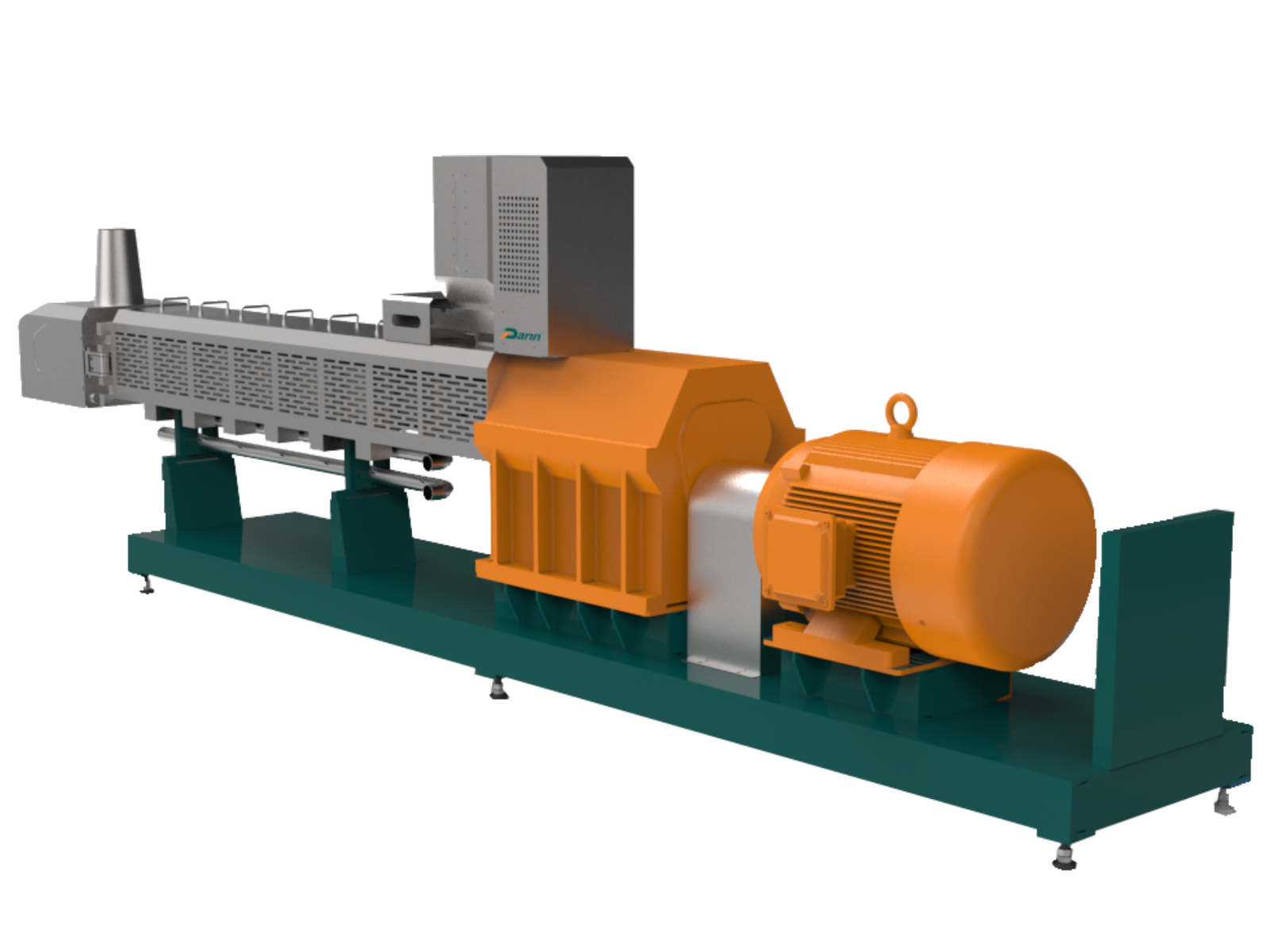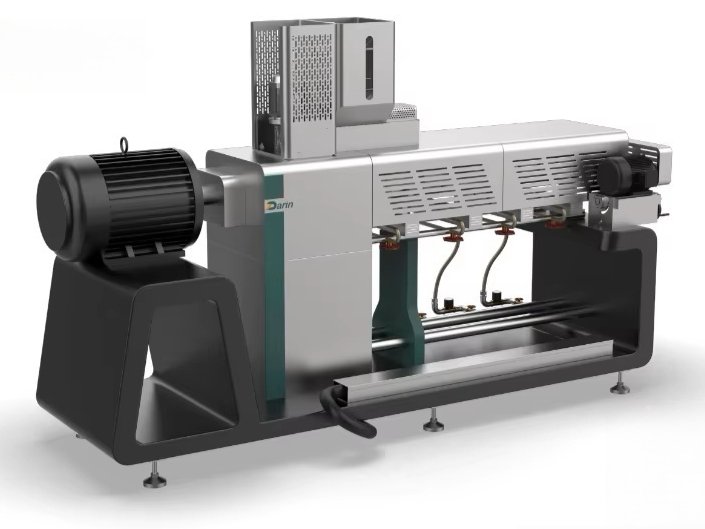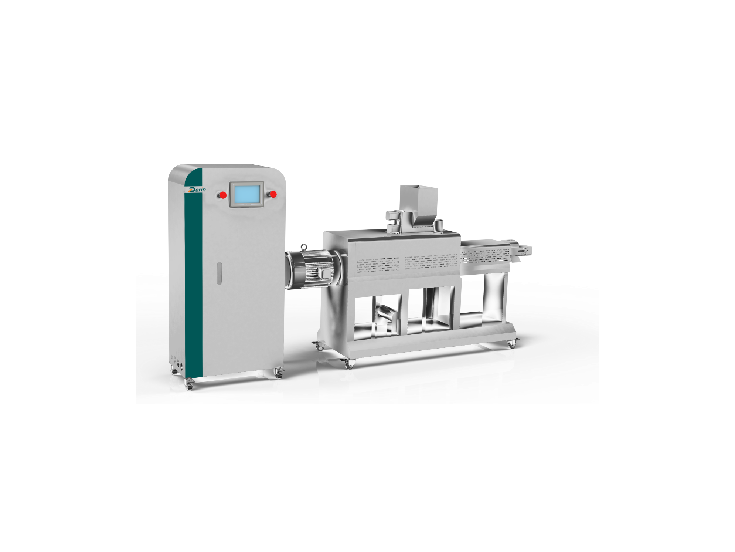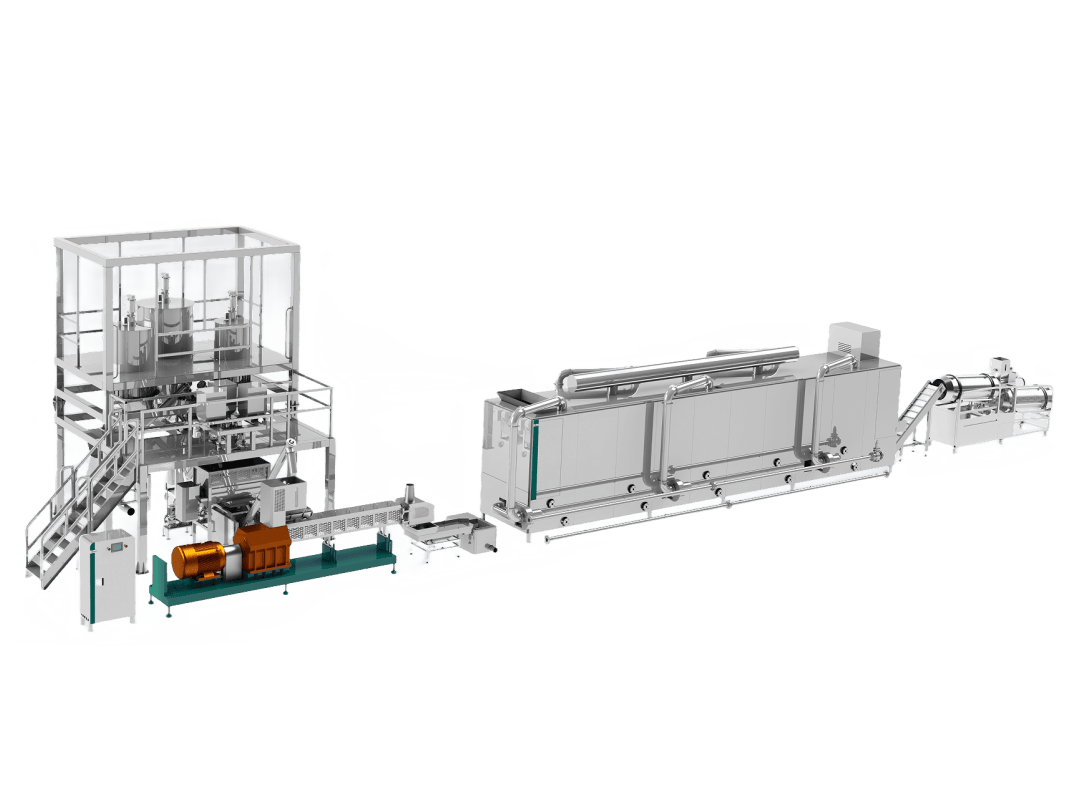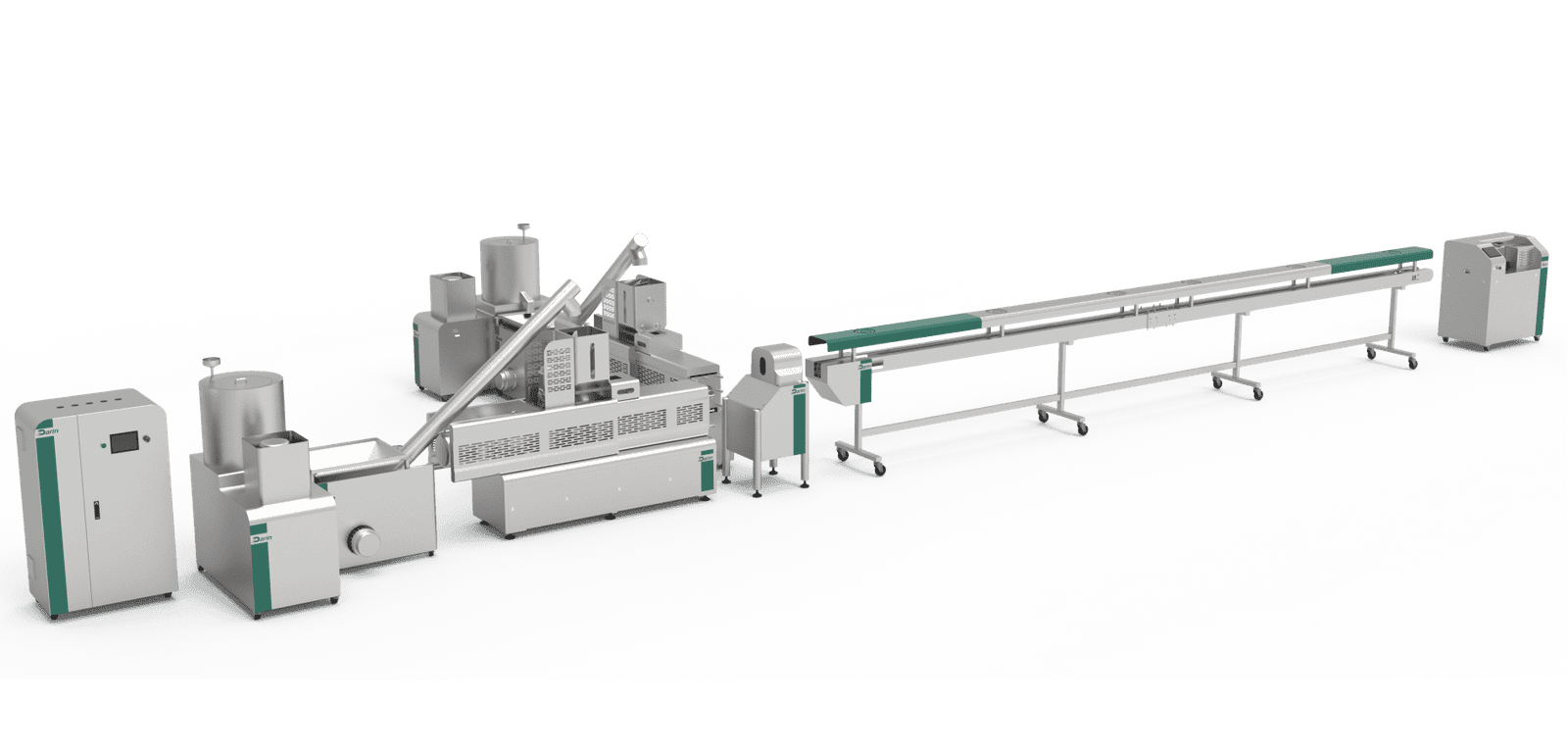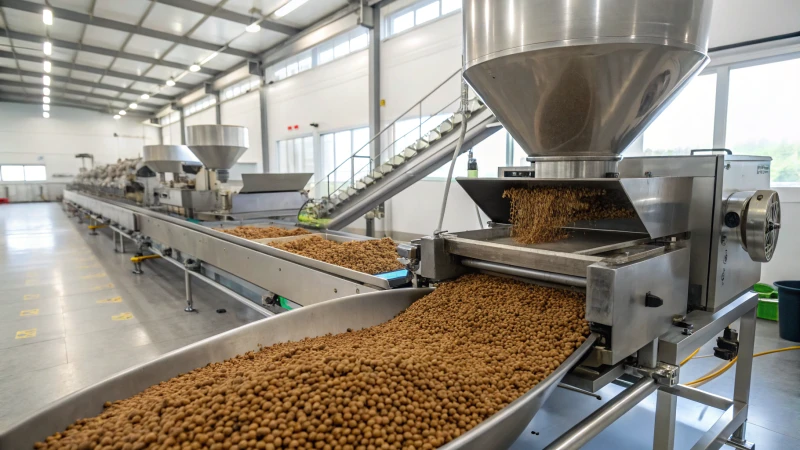
The Problem With Traditional Animal Feed Preparation
Many farmers and feed manufacturers struggle with traditional animal feed processing methods, which can result in inconsistent nutrient content, lower digestibility, and higher microbial contamination. These inefficiencies lead to poor animal health, reduced productivity, and financial losses. Fortunately, the extrusion method offers a solution by improving feed quality, digestibility, and safety.
What Is the Extrusion Method in Animal Feed Processing?
The extrusion method of preparing animal feed involves processing raw ingredients under high temperature, pressure, and mechanical shear to create a more digestible, safe, and nutrient-rich feed product. The process enhances the feed's texture, stability, and palatability for animals.
Why Should You Consider the Extrusion Method for Animal Feed?
The extrusion method provides multiple advantages over traditional feed preparation techniques. Read on to discover how this process improves animal feed quality and performance.
How Does the Extrusion Process Work?
The extrusion process follows a series of steps to transform raw ingredients into high-quality animal feed.
Extrusion Process Steps
| Step | Description |
|---|---|
| 1. Ingredient Mixing | Raw materials such as grains, proteins, and additives are blended for uniformity. |
| 2. Preconditioning | Steam and water are added to soften ingredients and begin starch gelatinization. |
| 3. Extrusion Cooking | The mixture is passed through an extruder, where high temperature, pressure, and mechanical shear cook and shape the feed. |
| 4. Drying & Cooling | The extruded feed is dried to the desired moisture level and cooled for stability. |
| 5. Coating & Packaging | Oils, vitamins, or flavors are applied before packaging the final product. |

Key Benefits of Extrusion Processing
- Improved Digestibility: Starch gelatinization and protein denaturation enhance nutrient absorption.
- Reduced Microbial Contamination: High temperatures destroy bacteria, molds, and pathogens.
- Better Feed Conversion Ratios (FCR): Animals gain more weight with less feed.
- Longer Shelf Life: Moisture reduction prevents spoilage.
- Versatile Feed Formulations: Accommodates various ingredients, including plant-based and high-protein options.
Extruded feed improves animal digestion by breaking down starches.True
The high temperature and pressure in extrusion gelatinize starches, making them more digestible.
How Does Extrusion Enhance Animal Nutrition?
1. Increased Nutrient Availability
Extrusion modifies the structure of proteins, carbohydrates, and fats, making them easier for animals to digest and absorb.
2. Enhanced Feed Safety
The extreme conditions in the extruder eliminate harmful microorganisms, reducing the risk of disease transmission through feed.
3. Customization for Different Animal Needs
Different animal species have unique dietary requirements. Extrusion allows precise control over ingredient composition and nutrient content.
4. Improved Palatability
Animals prefer extruded feed due to its uniform texture, flavor, and digestibility.
Extrusion destroys harmful bacteria like Salmonella in animal feed.True
The high heat and pressure in the extrusion process kill bacteria, improving feed safety.
What Types of Feed Are Produced Using Extrusion?
Extrusion is widely used for manufacturing different types of animal feed.
| Type of Feed | Description |
|---|---|
| Pet Food | High-quality kibbles for dogs and cats. |
| Aquafeed | Floating or sinking pellets for fish and shrimp. |
| Livestock Feed | Formulated diets for poultry, cattle, and swine. |
| Specialty Feed | Custom formulations for exotic animals or high-performance livestock. |
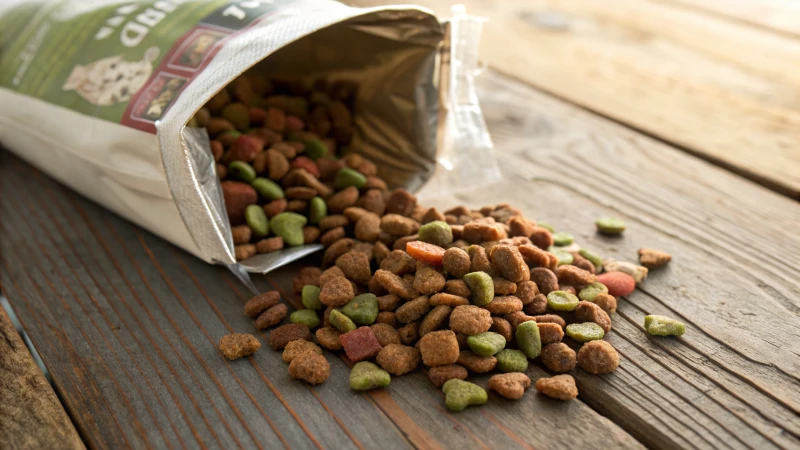
Extruded feed is only used for pet food.False
Extrusion is widely used in aquafeed, livestock, and specialty animal feeds.
What Are the Challenges of Feed Extrusion?
While extrusion has many benefits, some challenges must be addressed.
1. High Initial Investment
Extrusion equipment requires a significant upfront cost. However, the long-term benefits outweigh the initial expense.
2. Energy Consumption
Extrusion involves high temperatures and pressure, leading to higher energy usage.
3. Ingredient Selection
Formulating the right mix of ingredients is crucial for achieving the best nutritional results.
4. Process Control
Precise control of temperature, pressure, and moisture is necessary to produce consistent quality feed.
Extrusion is a cost-effective method for small-scale feed producers.False
Due to high equipment costs, extrusion is more suitable for large-scale operations.
Conclusion: Should You Use Extrusion for Animal Feed Processing?
The extrusion method is a powerful solution for producing high-quality, digestible, and safe animal feed. While the initial investment may be high, the long-term benefits in animal health, feed efficiency, and safety make it a worthwhile choice for modern feed manufacturers.
Need Help With Extruded Feed Production?
If you're looking to implement extrusion technology in your feed production process, contact us today. Our experts can guide you in selecting the right equipment and formulation strategies.


